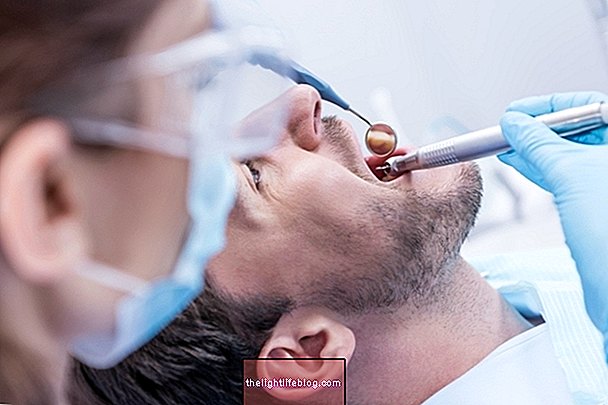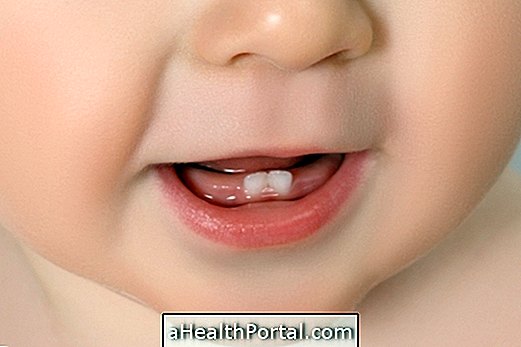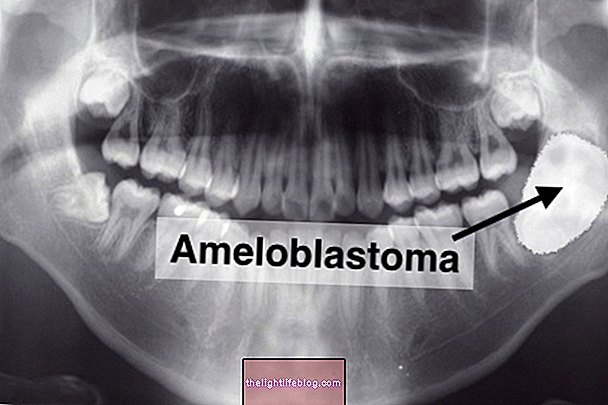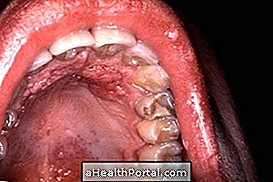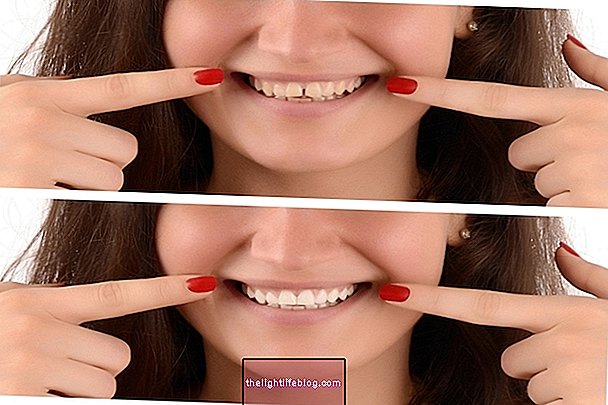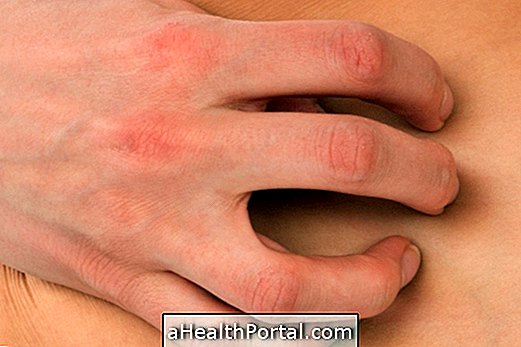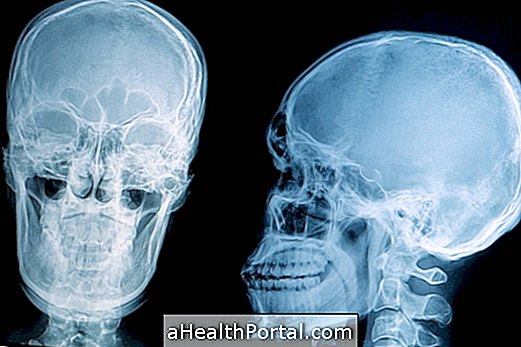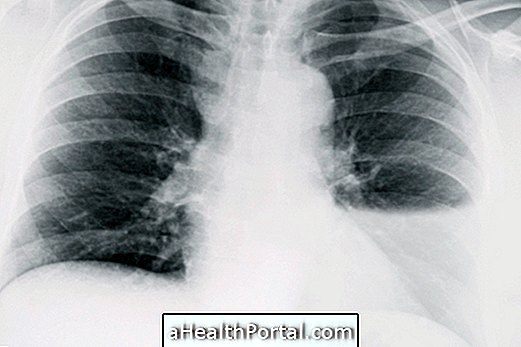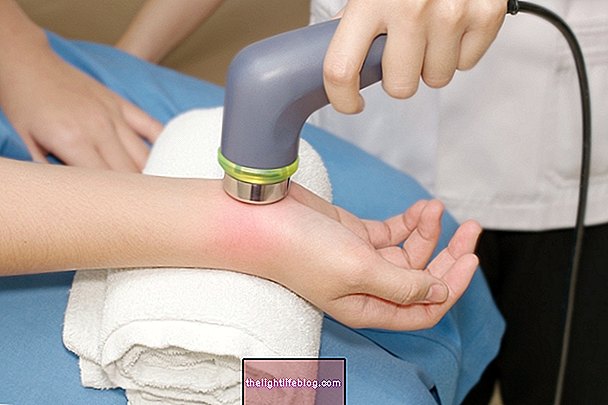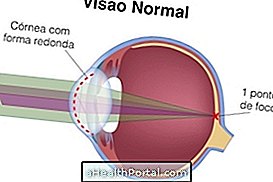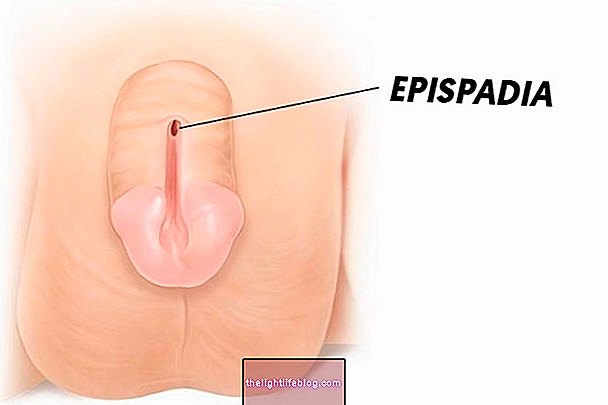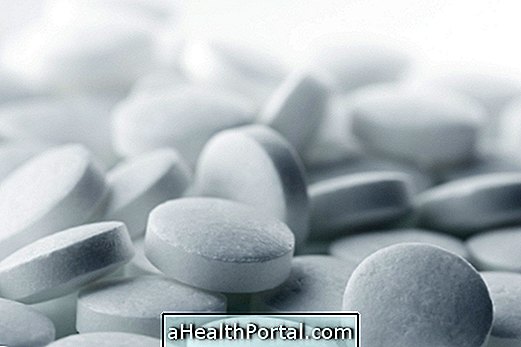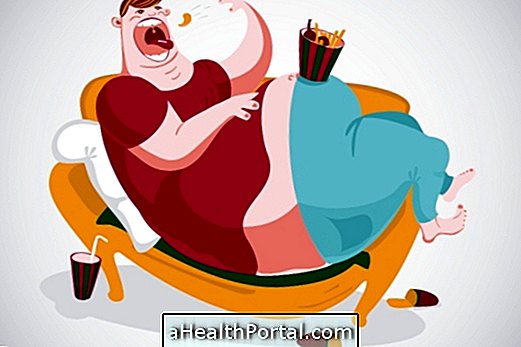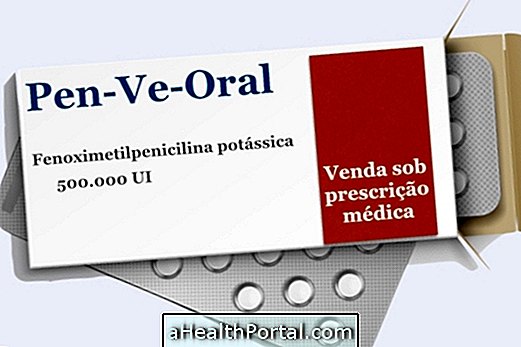After extraction of a tooth is very common that bleeding, swelling and pain arise, which causes a lot of discomfort and may even impair healing. So there are some care that are indicated by the dentist and that should be started soon after the surgery.
The first 24 hours are the most important because it is during this period that a clot develops at the site of the removed tooth, which helps in healing, but the care can be maintained for 2 to 3 days, or according to the dentist's instructions.
In addition to the specific care, it is still important not to exercise within the first 24 hours to avoid increased bleeding and only start eating after the anesthetic effect completely passes, as there is a risk of biting the cheek or the lip.
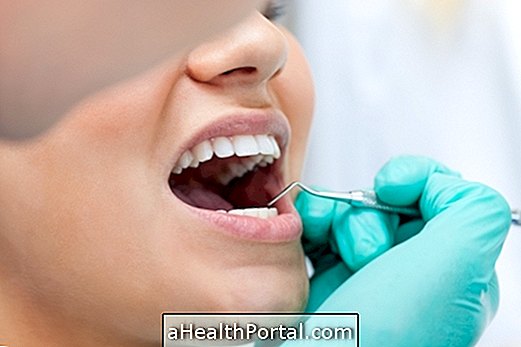
1. How to Stop Bleeding
Bleeding is one of the main symptoms that comes after tooth extraction and usually lasts a few hours to pass. Therefore, one way to control this small bleeding is to place a clean piece of gauze over the emptiness left by the tooth and to crack for 45 minutes to 1 hour to pressure and staunch the bleeding.
Usually, this procedure is indicated by the dentist right after the extraction, and therefore, you can leave the office with the gauze placed. However, it is advised not to change the gauze at home.
However, if the bleeding is not diminishing, a sachet of wet black tea can be put in place for another 45 minutes. Black tea contains tannic acid, a substance that helps blood to clot, stopping bleeding faster.
2. How to ensure healing
The blood clot that forms where the tooth was is very important to ensure correct healing of the gum. So after stop bleeding it is advised to have some care that help to keep the clot in the correct place, such as:
- Avoid rinsing the mouth vigorously, brushing the spot or spitting, as it may displace the clot;
- Do not touch where the tooth was, either with the tooth or with the tongue;
- Chew with the other side of the mouth, not to remove the clot with the pieces of food;
- Avoid eating too hard or hot foods or drinking hot drinks, such as coffee or tea, as they can dissolve the clot;
- Do not smoke, drink from a straw or blow your nose because it can create pressure differences that dislodge the clot.
These care are especially important during the first 24 hours after tooth extraction, but can be maintained for the first 3 days to ensure better healing.

3. How to reduce swelling
In addition to bleeding, it is also common to feel a slight swelling of the gums and face in the region around the tooth that has been removed. To relieve this discomfort it is important to apply ice packs over the face where the tooth was. This procedure can be repeated every 30 minutes, for 5 to 10 minutes.
Another option is also to consume ice cream, but it is very important that it be in moderation, especially in the case of ice creams with too much sugar since they can harm the health of the teeth. Therefore, after eating the ice cream it is also advisable to wash the teeth, but without passing the brush in the location of the extracted tooth.
4. How to relieve pain
Pain is very common in the first 24 hours, but can vary greatly from person to person, however, in almost all cases, the dentist will take painkiller or anti-inflammatory drugs, such as ibuprofen or acetaminophen, which relieve pain and which should be ingested according to the guidelines of each physician.
In addition, by taking the necessary care to stop the bleeding and reduce swelling, it is also possible to reduce the level of pain, and may not even be necessary to use medication in some cases.
5. How to avoid an infection
The mouth is a place with lots of dirt and bacteria and so after tooth extraction surgery it is also very important to take care to avoid a possible infection. Some precautions include:
- Brush your teeth every time after eating, but avoid brushing where the tooth was;
- Avoid smoking, as cigarette chemicals may increase the risk of mouth infections;
- Make gentle mouthwashes with warm water and salt 2-3 times a day after 12 hours of surgery to eliminate excess bacteria.
In some cases, the dentist may even prescribe the use of antibiotics, which should be used until the end of the package and according to all directions of the doctor.
